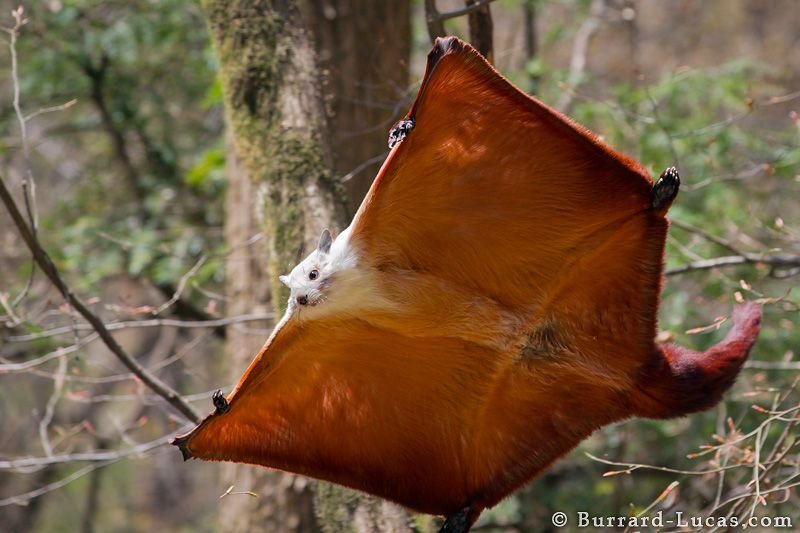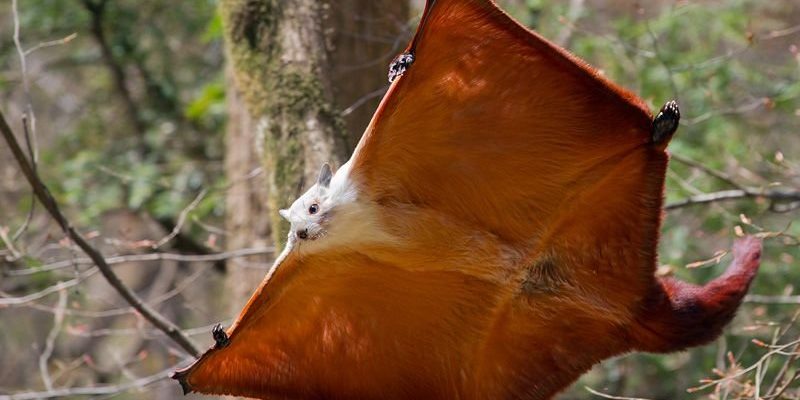
You might be surprised to learn that flying squirrels, unlike their more notorious relatives, don’t usually seek out conflict. While they’re adorable, the reality is that they can carry some risks. So, how do these nocturnal creatures interact with humans? And what should you know to keep both yourself and them safe? Let’s explore this intriguing topic together.
Understanding Flying Squirrels
Flying squirrels are part of the family Sciuridae and are known for their ability to glide. They have a special membrane called the patagium, which stretches from their wrists down to their ankles. This unique feature allows them to glide up to 150 feet! Picture a tiny superhero soaring through the forest after dark. They primarily reside in wooded areas and are most active at night, which might be why they often remain unnoticed by many.
There are several species of flying squirrels, including the Southern Flying Squirrel and the Northern Flying Squirrel. They tend to thrive in forests, making their homes in tree hollows. They eat a variety of foods, such as fruits, nuts, and even insects. If you ever spot one, you’ll notice their graceful movements and playful nature, which easily endears them to those lucky enough to catch a glimpse.
Despite their friendly appearance, it’s essential to understand their behavior and habitat. Flying squirrels are generally solitary or found in small family groups. They tend to avoid humans, but that doesn’t mean they’re harmless. Just like any wild animal, they can become defensive if they feel threatened.
The Risks of Interaction
So, can flying squirrels be dangerous to humans? Here’s the thing: they’re not aggressive by nature. However, if they feel cornered or threatened, they might bite in self-defense. While flying squirrels aren’t known to attack humans unprovoked, it’s wise to keep a respectful distance.
Most bites from flying squirrels occur when people try to handle them or get too close to their nests. Just like any wild animal, they prefer to keep to themselves. If you happen to encounter one in your backyard, it’s best to observe from afar. Remember, these creatures have their own space, and it’s crucial to respect that.
Another consideration is that flying squirrels can carry parasites and diseases, like any wild animal. They can host ticks or mites, which can pose a risk if they come into contact with your pets. So, while they aren’t typically dangerous, it’s good to be aware of potential health risks when interacting with them.
Health Risks Associated with Flying Squirrels
While the flying squirrel’s bite is rare and usually not severe, it’s essential to know that they can transmit certain diseases. Here are a few things you should keep in mind:
- Salmonella: This can spread through their feces, which might contaminate food sources.
- Lymphocytic choriomeningitis (LCMV): This viral infection can be transmitted through contact with their urine, droppings, or saliva.
- Parasites: Ticks or fleas might hitch a ride on these furry friends, potentially affecting pets if they come into contact.
If you encounter a flying squirrel, it’s a good idea to maintain a safe distance and avoid handling them. Washing your hands thoroughly after observing them is also a smart move. Prevention is key when interacting with wildlife.
What to Do If You Find an Injured Flying Squirrel
It’s not uncommon to come across an injured flying squirrel, especially if you live near wooded areas. If you find one, handling the situation with care is crucial. Here’s how you can help:
1. Stay Calm: The squirrel may be scared, so approach slowly and quietly.
2. Wear Gloves: If you decide to help, make sure you wear gloves to protect yourself from bites or diseases.
3. Create a Safe Space: If it’s safe to do so, gently place the squirrel in a cardboard box lined with soft cloth. Ensure the box has ventilation holes.
4. Contact a Wildlife Rehabber: It’s best to call a local wildlife rehabilitator for advice on the next steps. They have the expertise to care for injured animals properly.
You might be wondering why this matters. Helping injured wildlife can be a rewarding experience and helps maintain the balance of local ecosystems.
How to Prevent Conflicts with Flying Squirrels
To reduce any chance of conflict with flying squirrels, consider these prevention tips:
- Secure Garbage: Make sure trash cans are tightly sealed to avoid attracting them.
- Close Entry Points: Inspect your home for gaps and holes where flying squirrels could enter, and seal them up.
- Protect Your Plants: Use netting or other protective measures if you have gardens or fruit trees.
By taking these steps, you can enjoy the beauty of these creatures without any worries about dangerous encounters. Remember, wildlife is best appreciated from a distance, just like a breathtaking sunset.
Flying squirrels are delightful creatures that contribute to our ecosystems in many ways. While they can carry some risks, with knowledge and respect, we can coexist peacefully with these adorable gliders. By keeping a safe distance, understanding their habits, and fostering a wildlife-friendly environment, you’re helping to protect both yourself and the flying squirrels.
So, the next time you marvel at the acrobatics of these nocturnal creatures, remember to enjoy their incredible skills while respecting their space—your appreciation can lead to a harmonious relationship with one of nature’s most charming animals!

